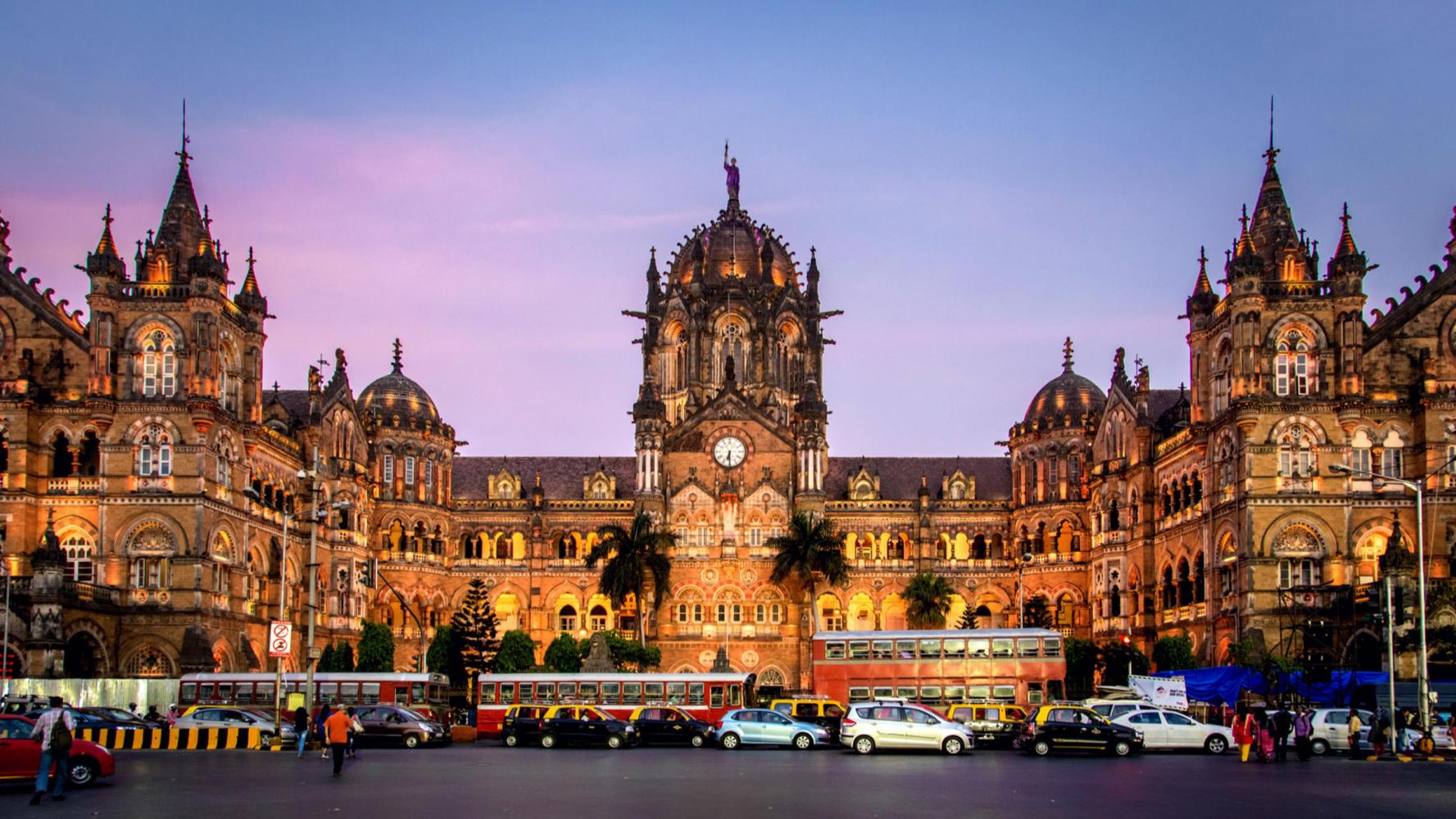Pre-13th century: Mumbai, originally a group of seven islands, was inhabited by fishing communities. These islands were known as Heptanesia and were likely sparsely populated, relying mainly on fishing for sustenance.
13th century: The islands came under the control of the Sultanate of Gujarat, marking the beginning of organized governance in the region. The Sultanate likely brought administrative structure and trade opportunities to Mumbai.
1534: The islands were ceded to the Portuguese, who recognized the strategic importance of the natural harbor. They named it Bom Bahia, meaning "Good Bay," which later evolved into Bombay. Portuguese influence introduced European architecture and culture to the region.
1661: Bombay was transferred to the British Crown as part of the dowry of Catherine of Braganza when she married Charles II of England. This marked the beginning of British control over Bombay and set the stage for its development as a colonial outpost.
1668: The East India Company leased Bombay from the Crown for a nominal fee, signaling the start of British commercial interests in the region. The Company saw Bombay as a valuable trading post and invested in its infrastructure and development.
1672: The construction of the Hornby Vellard, an embankment, began to unite the seven islands of Bombay into a single landmass. This ambitious engineering project laid the foundation for the expansion and urbanization of the city.
1687: The British East India Company shifted its headquarters from Surat to Bombay, signaling the city's growing importance as a center of trade and administration. Bombay became a hub for British colonial activities in India.
1853: The inauguration of the first passenger railway line in India, between Bombay and Thane, revolutionized transportation in the region. The railway facilitated the movement of goods and people, spurring economic growth and urbanization.
1858: Bombay became the capital of the Bombay Presidency under British rule, consolidating its position as a major administrative center in colonial India. The city witnessed rapid development and modernization during this period.
1911: The capital of British India was moved from Calcutta to Delhi, but Bombay remained a vital hub of commerce and industry. The city continued to attract migrants from across India, contributing to its cosmopolitan character.
1947: India gained independence from British rule, and Bombay became part of the Dominion of India. The city played a significant role in the independence movement and transitioned to self-governance under Indian leadership.
1960: Bombay State was divided into Maharashtra and Gujarat states, with Bombay becoming the capital of Maharashtra. This administrative reorganization reflected the linguistic and cultural diversity of the region.
1995: The name of the city was officially changed to Mumbai, reflecting its indigenous Marathi heritage and identity. The renaming was part of a broader movement to reclaim indigenous place names across India.
2008: Mumbai faced a series of coordinated terrorist attacks, including at prominent landmarks such as the Taj Hotel and CST Railway Station. The attacks highlighted security vulnerabilities and prompted efforts to enhance counterterrorism measures.
2024: Mumbai continues to be a thriving metropolis, known for its economic opportunities, cultural diversity, and vibrant lifestyle. The city remains a global financial and entertainment hub, attracting migrants and tourists from around the world.
This elaboration provides a more detailed understanding of Mumbai's historical development and its transformation into the bustling metropolis it is today.
